
材料科学基础(英文版)(上册)9787313240811
正版图书,可开发票,请放心购买。
¥ 82.47 8.4折 ¥ 98 全新
库存20件
作者胡赓祥,蔡珣,戎咏华 编著
出版社上海交大
ISBN9787313240811
出版时间2021-09
装帧平装
开本16开
定价98元
货号31282142
上书时间2024-09-21
- 店主推荐
- 最新上架
商品详情
- 品相描述:全新
- 商品描述
-
商品简介
材料科学基础是研究材料成分、组织结构、制备工艺与材料性能和应用之间的相互关系的新兴学科。本书是材料科学与工程专业的基础理论教材,主要内容包括材料的原子键合、固体结构、晶体缺陷、形变与再结晶、扩散、相图、固态相变、材料功能性能的等内容,着重基本概念和基础理论,强调科学性、先进性和实用性,介绍材料科学领域的新发展,注意用理论解决实际问题。本书既适合材料类和冶金类等专业的本科生和研究生使用,也可作为从事材料研究、生产和使用的科研和工程技术人员的参考书。
作者简介李铸国,男,1972年9月出生,上海交通大学材料学院副教授,发表SCI论文160余篇,获国家发明专利50余项,获省部级奖励8项,任上海交通大学材料学院副院长,上海市激光制造与材料改性重点实验室主任等。
目录
Chapter 1 Atomic structure and interatomic bonding
1.1 Atomic structure
1.1.1 Substance construction
1.1.2 Structures of atoms
1.1.3 Electronic Structures of atoms
1.1.4 Natures of the elements in the periodic table
1.2 Interatomic bonding
1.2.1 Metallic bonding
1.2.2 Ionic bonding
1.2.3 Covalent bonding
1.2.4 Van der Waals bonding
1.2.5 Hydrogen bonding
1.3 Polymer chain structure
1.3.1 Short-range structure of the polymer chains
1.3.2 Long-range structure of polymer chains
Chapter 2 The structure of solids
2.1 Fundamentals of crystallography
2.1.1 Space lattice and unit cells
2.1.2 Miller indices for directions and planes
2.1.3 Stereographic projections
2.1.4 Crystal symmetry
2.2 Metallic crystal structures
2.2.1 Three typical metallic crystal structures
2.2.2 Close-packed crystal structures and interstitial sites
2.2.3 Polymorphism and aUotropy
2.3 Phase structures of alloys
2.3.1 Solid solution
2.3.2 Intermediate phases
2.4 Ionic crystal structure
2.4.1 Structural rules of ionic crystals
2.4.2 Typical ionic crystal structures
2.4.3 Crystal structure of silicate
2.5 Covalent crystal structure
2.6 Crystal structures of the polymers
2.7 Quasicrysta[ structure
2.8 Liquid crystalline structure
2.8.1 Molecular structure and classification of liquid crystals
2.8.2 Structure of liquid crystal
2.9 Amorphous structure
Chapter 3 Crystal defects
3.1 Point defects
3.1.1 The formation of point defects
3.1.2 Equilibrium concentration of point defects
3.1.3 Movement of point defects
3.2 Dislocations
3.2.1 Basic types and characteristics of dislocations
3.2.2 Burgers vector
3.2.3 The movement of dislocation
3.2.4 Elastic properties of dislocations
3.2.5 Generation and multiplication of dislocations
3.2.6 Dislocations in real crystals
3.3 Surface and interface
3.3.1 Surfaces
3.3.2 Grain boundaries and subgrain boundaries
3.3.3 Twin boundaries
Chapter 4 Deformation and recrystallization
4.1 Elasticity and viscoelasticity
4.1.1 Nature of elastic deformation
4.1.2 Elastic deformation characteristics and elastic modulus
4.1.3 Imperfect elasticity
4.1.4 Viscoelasticity
4.2 Plastic deformation of crystals
4.2.1 Plastic deformation of single crystals
4.2.2 Plastic deformation of polycrystals
4.2.3 Plastic deformation of alloys
4.2.4 Effect of plastic deformation on microstructures and properties
4.3 Recovery and recrystallization
4.3.1 Changes in the microstructures and properties of the cold-deformed metals during annealing
4.3.2 Recovery
4.3.3 Recrysta[[ization
4.3.4 Grain growth
4.3.5 Microstructure after recrystaUization
4.4 Dynamic recovery and recrystallization during hot working
4.4.1 Dynamic recovery and dynamic recrystaUization
4.4.2 Effect of hot forming on microstructures and properties
4.4.3 Creep
4.4.4 Superplasticity
4.5 Deformation characteristics of ceramics
4.6 Deformation characteristics of polymers
Chapter 5 Diffusion in so|ids
5.1 Phenomenoiogica[ theory
5.1.1 Fick's first law
5.1.2 Fick's second law
5.1.3 Solutions to diffusion equations
5.1.4 Diffusion in substitutional solid solutions
5.1.5 Solution to diffusion equations when diffusion coefficient is a function of concentration
5.2 Thermodynamic analysis of diffusion
5.3 Atomic theory of diffusion
5.3.1 Diffusion mechanisms
5.3.2 Atomic jump and diffusion coefficient
5.4 The activation energy of diffusion
5.5 Random walk and diffusion length
5.6 Factors that affect diffusion
5.7 Reaction diffusion
5.8 Diffusion in ionic solids
5.9 Molecular motion in polymers
5.9.1 The origin of mo
内容摘要
本教材在原子和分子水平上概述了材料的物理基础
及共性理论,将金属学、陶瓷学和高分子物理的基础理论融为一体,以研究材料共性规律,注重材料成分、组织结构、制备工艺和性能之间的内在联系,指导材料的设计和应用。全书分上、下两册。上册内容安排如下:原子结构与键合(第1章),固体结构(第2章),晶体缺陷(第3章),材料的形变与再结晶(第4章)。
以及固体中原子和分子的运动(第5章)。
本书可以作为材料科学与工程学科的本科生教材,也可以作为研究生和从事材料科学研究与分析测试的工程技术人员的参考书。
相关推荐
— 没有更多了 —











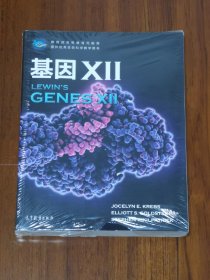
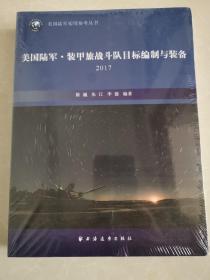
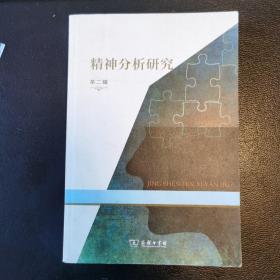
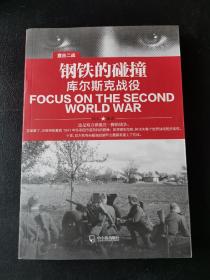
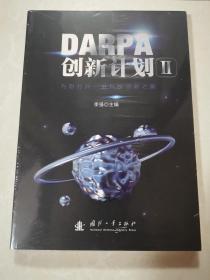


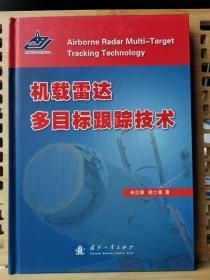
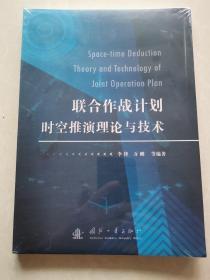













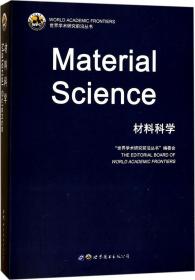
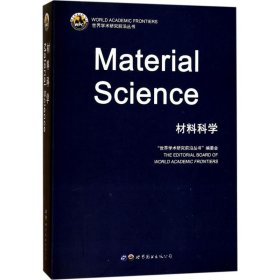
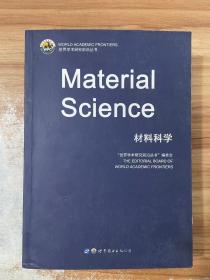
以下为对购买帮助不大的评价